Where did you grow up?
Stirling, Scotland. Hitch-hiked to London the week I left school.
Unusually, you had a lot of weird jobs before you got into advertising, so what did you learn from your time;
a) running a stall on Petticoat Lane?
People will buy anything as long as you can convince them it’s stolen.
b) Selling Morris Minors?
I learned that being 18 and looking 15 wasn’t a good start for being a car salesman.
People used to come in and ask if my dad was around.
c) Writing brochure copy for Anne Summer’s Sex Shops?
They had one product called Anne Summers Love Foam.
It was an aerosol can with a picture of a naked woman covered in foam.
But if you soaked it and peeled the wrapper off it said Gillette Shaving Foam.
An early example of advertising providing added value.
d) Selling door to door?
Hardest job in the book.
You need a lot of training and a very rehearsed pitch.
I was 17 and had no training whatsoever.
But I looked a bit sweet and innocent so I went for the sympathy vote.
e) Assisting the Advertising Manager at Curry’s?
I found out I had gone into advertising by the wrong door.
f) Writing mail order ads for Bullworkers?
Direct response advertising is like basic training for copywriters.
Everyone should have to do it before they get let loose on regular clients.
One of the key things I learned is that you double the response if you can inject a sense of urgency.
Tell them if they respond in the next 7 days they get something extra.
One of the most successful headlines I ever wrote was EMERGENCY SALE.
How did you end up in advertising?
I started writing brochures about farm machinery at ATA then went on to mail order at Robinson Scotland.
Robinson Scotland & Partners. Any better?
More money because nobody there knew anything about advertising and I had read a book on it.
You were schooled in advertising by the Father of the Wombles, Terry Flounders?Yes he had recently been eased out of the creative directorship of Spottiswoode’s, a FMCG agency with mainstream clients like Bachelor’s Soups. He taught me a lot.
At the age of 32 you decide to get a job in a proper agency.
Your book was made up of Bullworker ads and spoof radio ads, I’m guessing a lot of agencies passed before Saatchi’s took you on?
Yes. It was the spoof radio ads that got me the job at Saatchi.
Was Saatchi’s your first choice?
Yes. I was offered a job at Charles Barker for more money. (They liked me because I wrote 30 dirty jokes a month for a top shelf magazine called Knave.)
I had to take a drop in earnings to go to Saatchi but they said I could keep my freelance work going on the side and they didn’t mind if I took a few business calls at work.
At one point I was making more money flying to Holland for the weekend and writing brochures for Philips than I was making in the week at Saatchi.
 What did you make of Admen compared to market men?
What did you make of Admen compared to market men?
I was already in the ad business as assistant ad manager at Curry’s when I had the stall in Petticoat Lane.
I just did it on Sunday mornings with another Curry’s guy called Jim Satterthwaite, who went on to become MD of Greys.
The market men treated us with a degree of suspicion, but I used to love watching the hucksters selling stuff of the back of a lorry.
“You don’t ask me where I got the goods and I won’t ask you where you got the money”. “My father works for the company that makes this product. He’s not the managing director. He’s the night-watchman. I’m saying no more.”
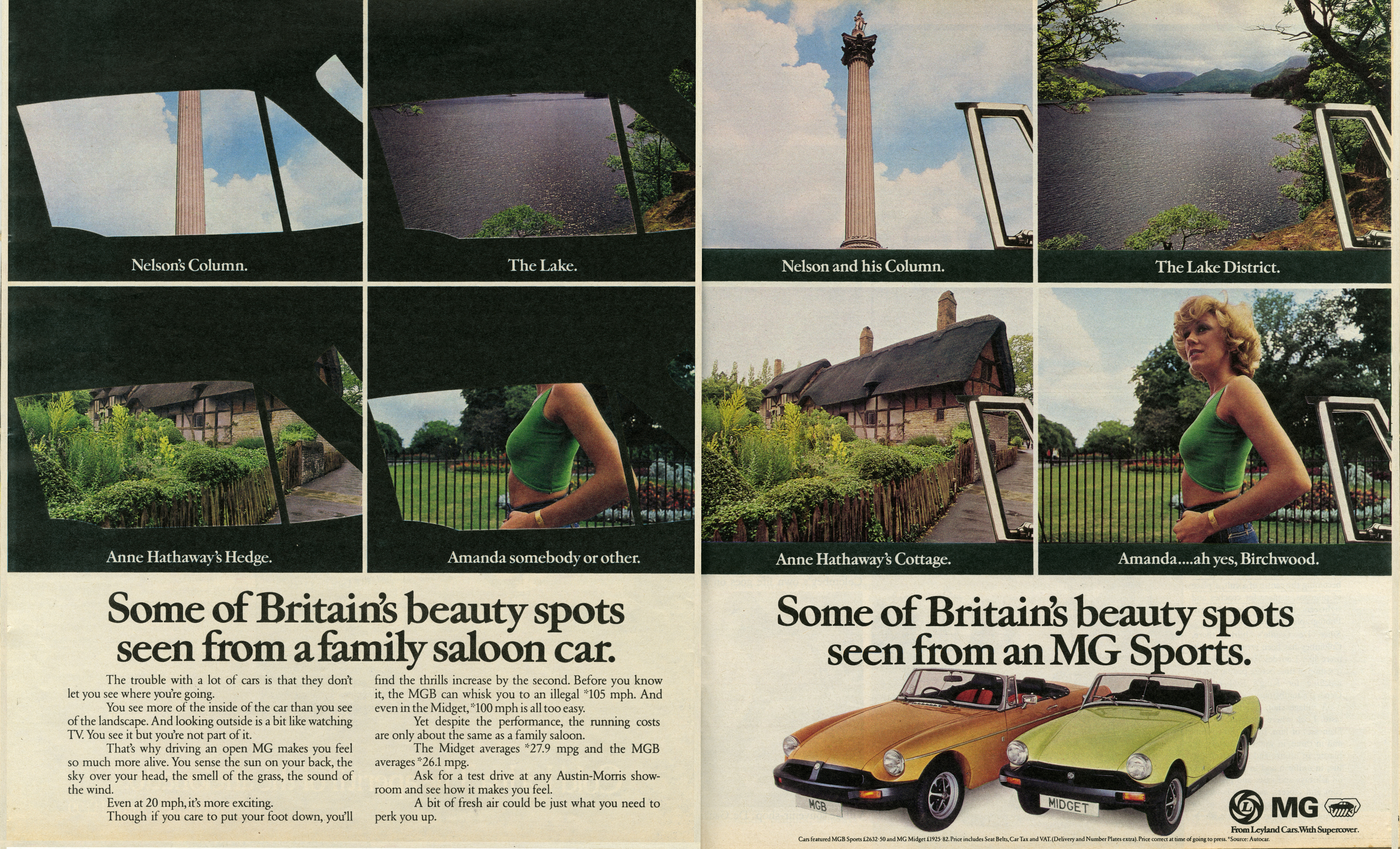



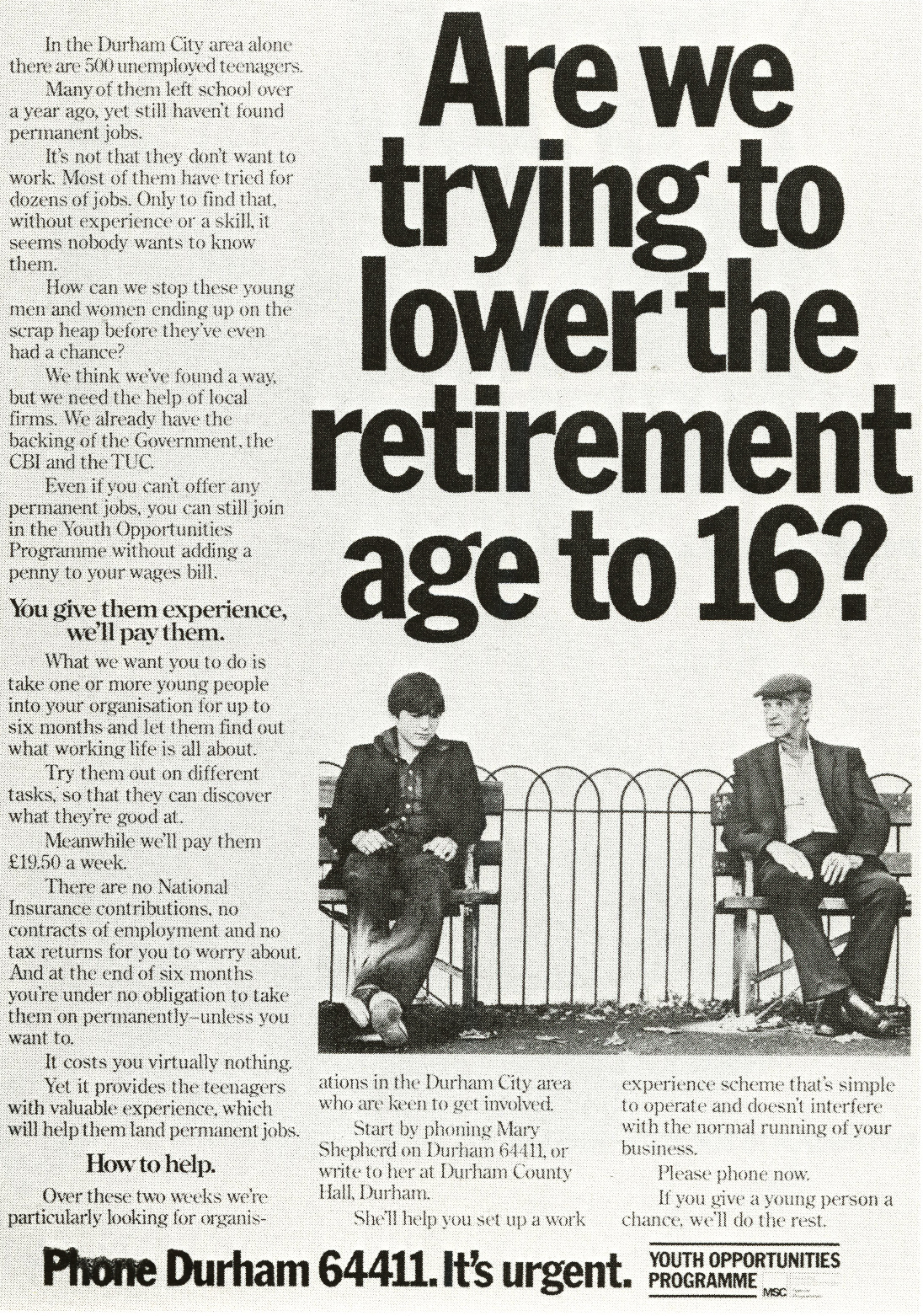


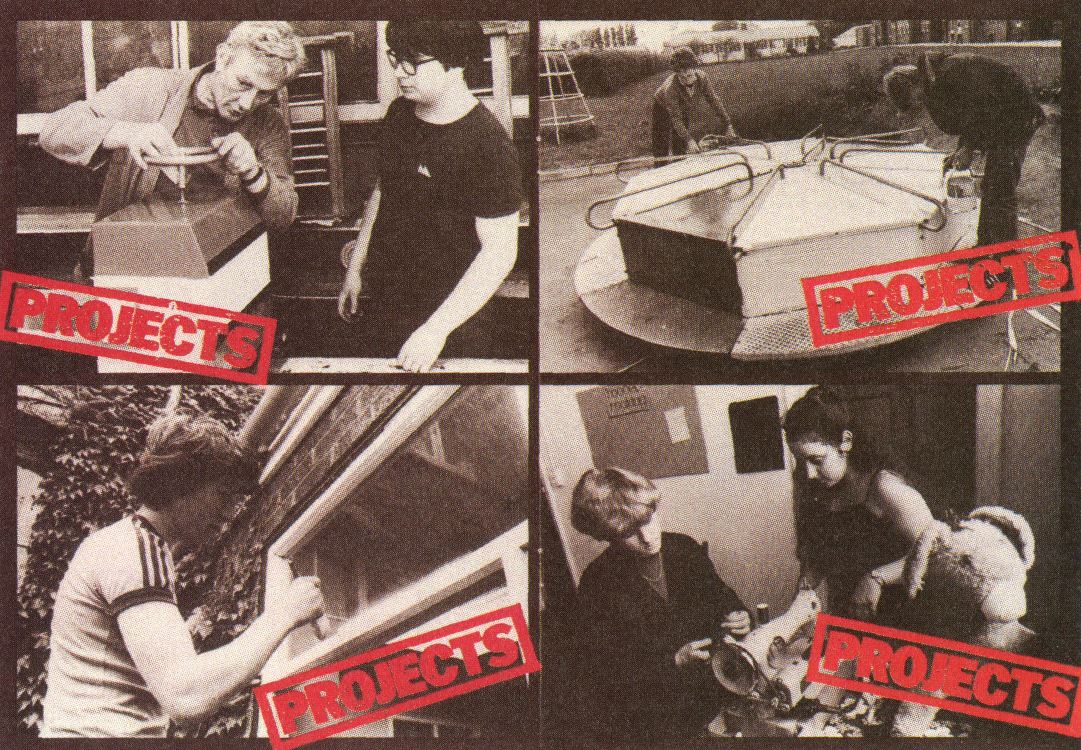

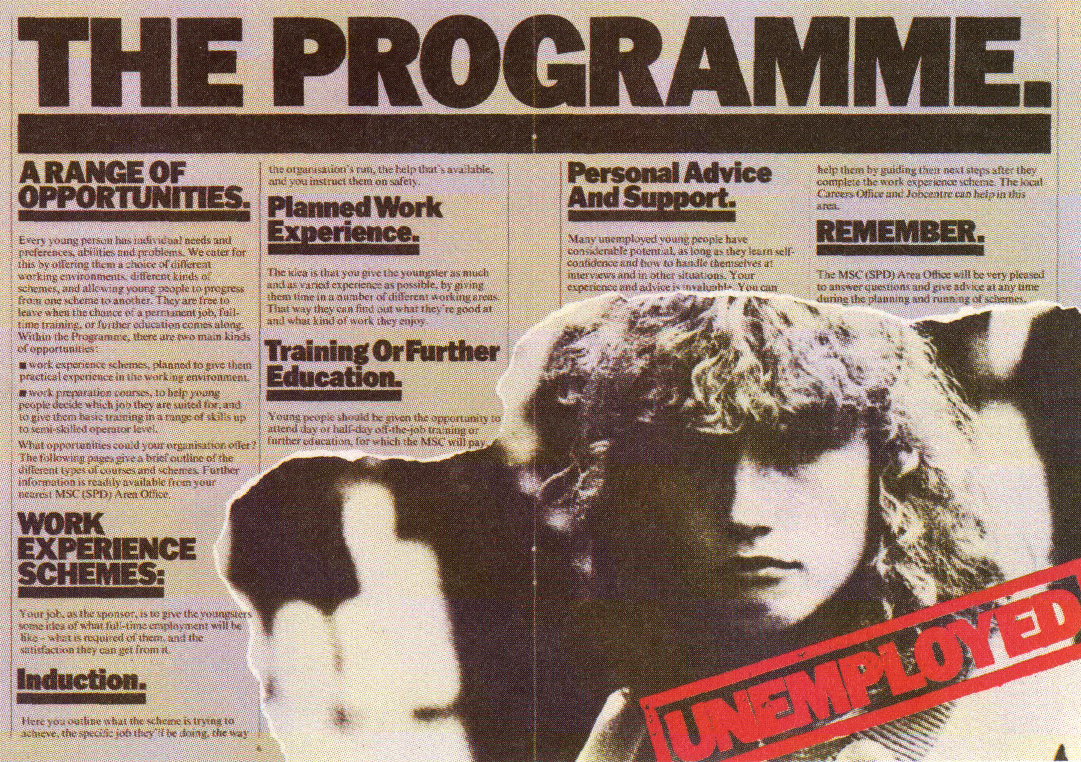
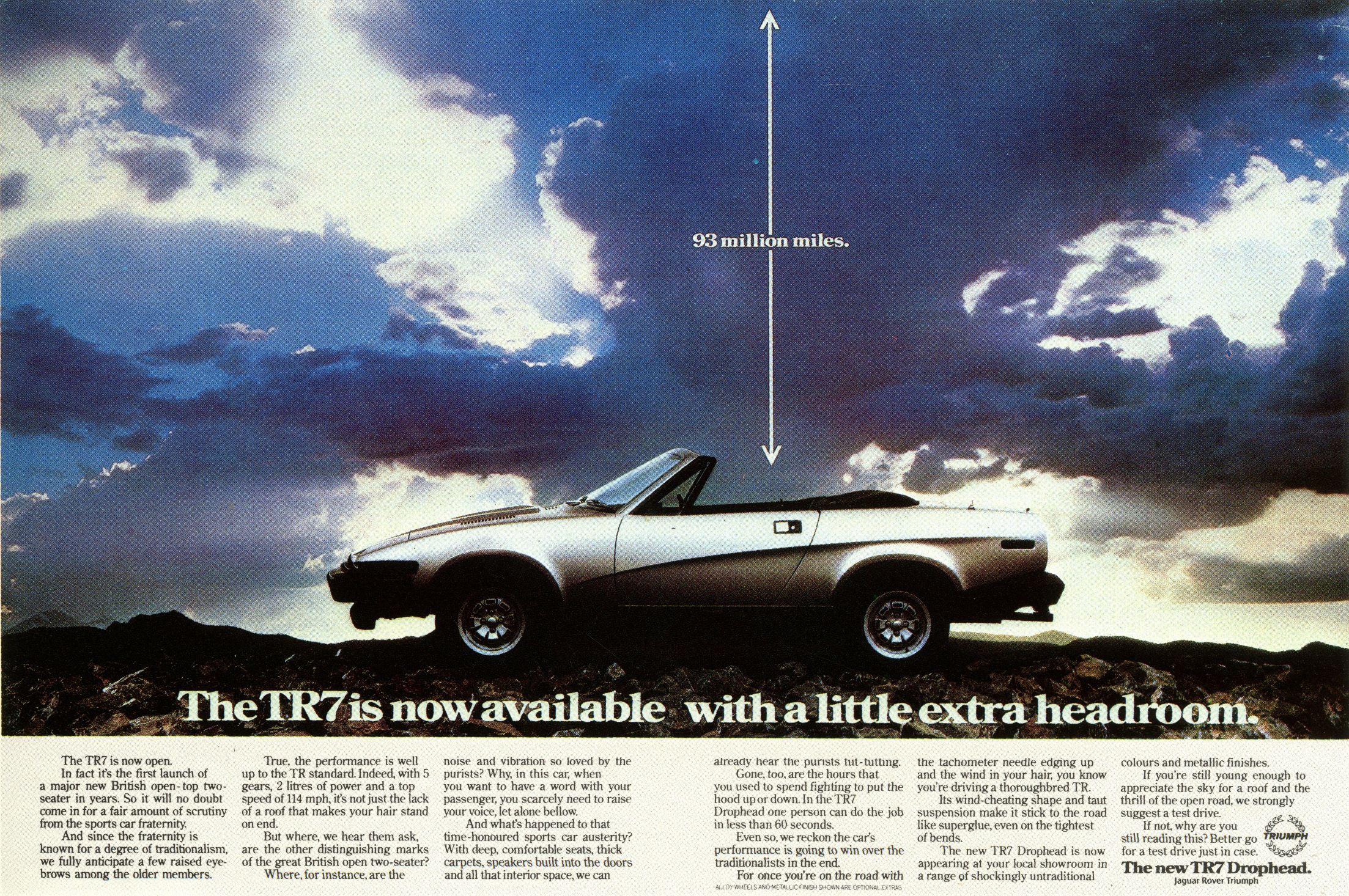
Who’s work did you admire at the time?
Only DDB New York and CDP in London.


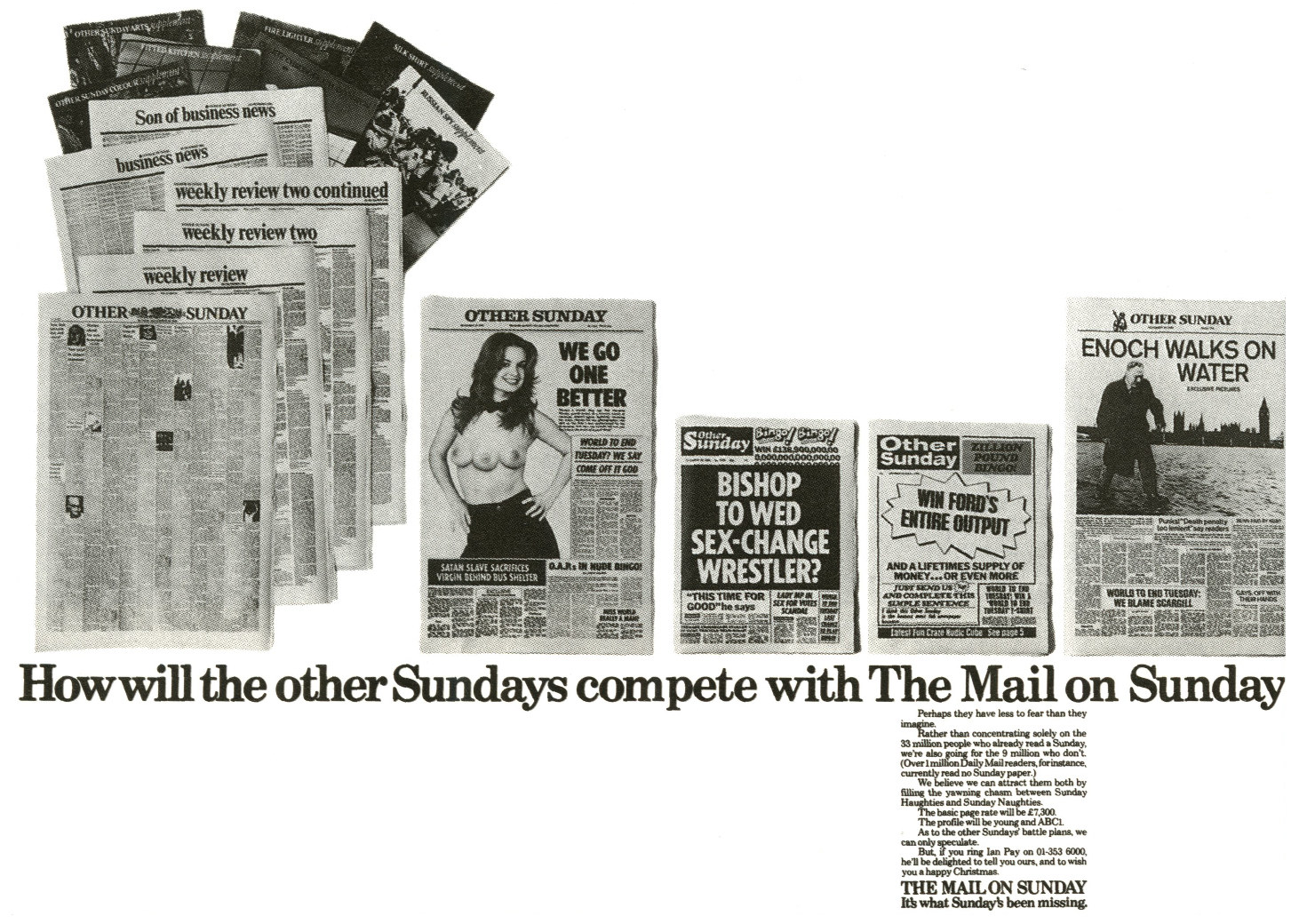



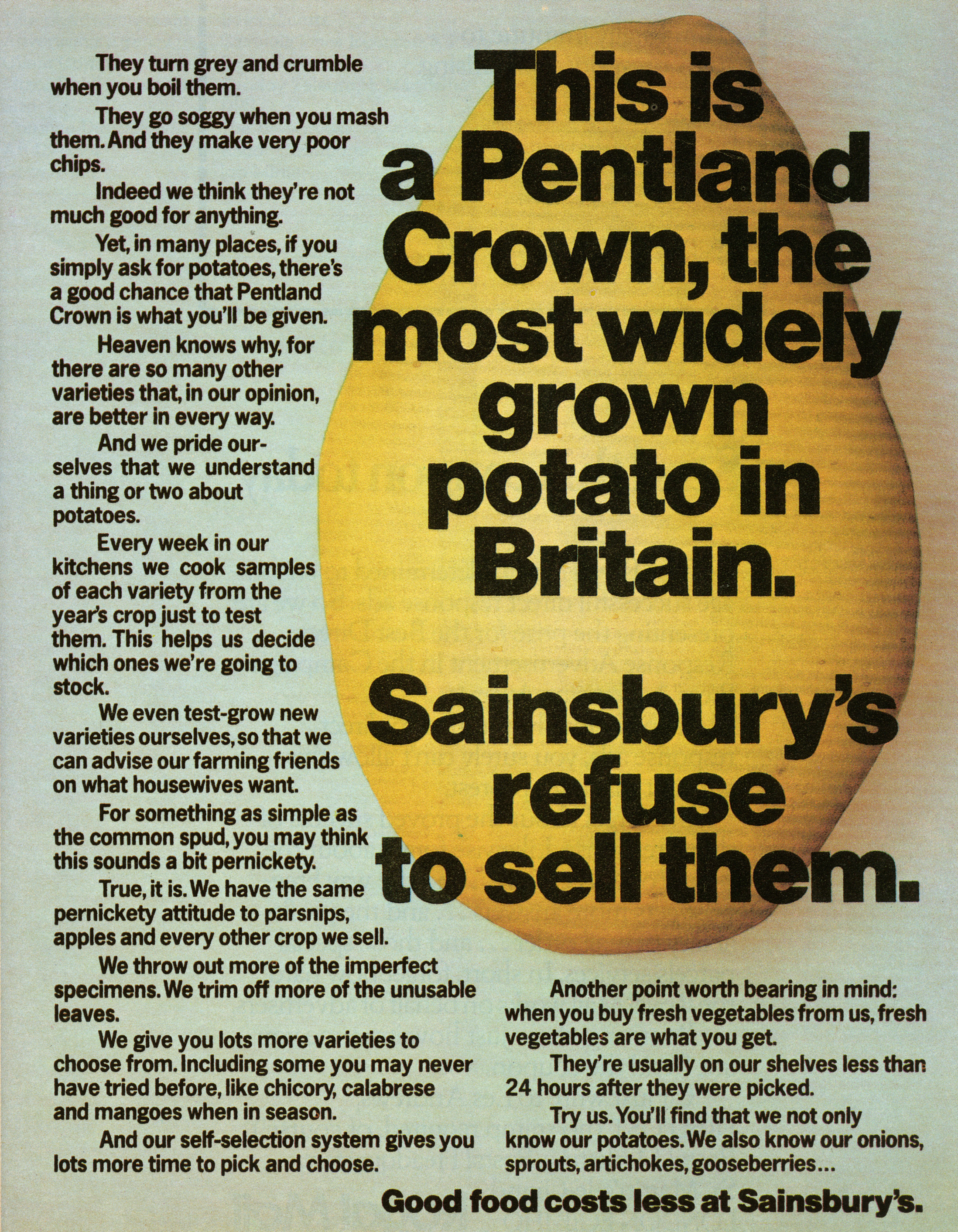
David Abbott’s Sainsbury’s work that followed yours was much gentler?
I thought it was probably more on the money than mine.
I was never into the David Abbot/CDP ‘dare we suggest’ school of copywriting.
But it helped to establish Sainsbury’s as THE middle class supermarket.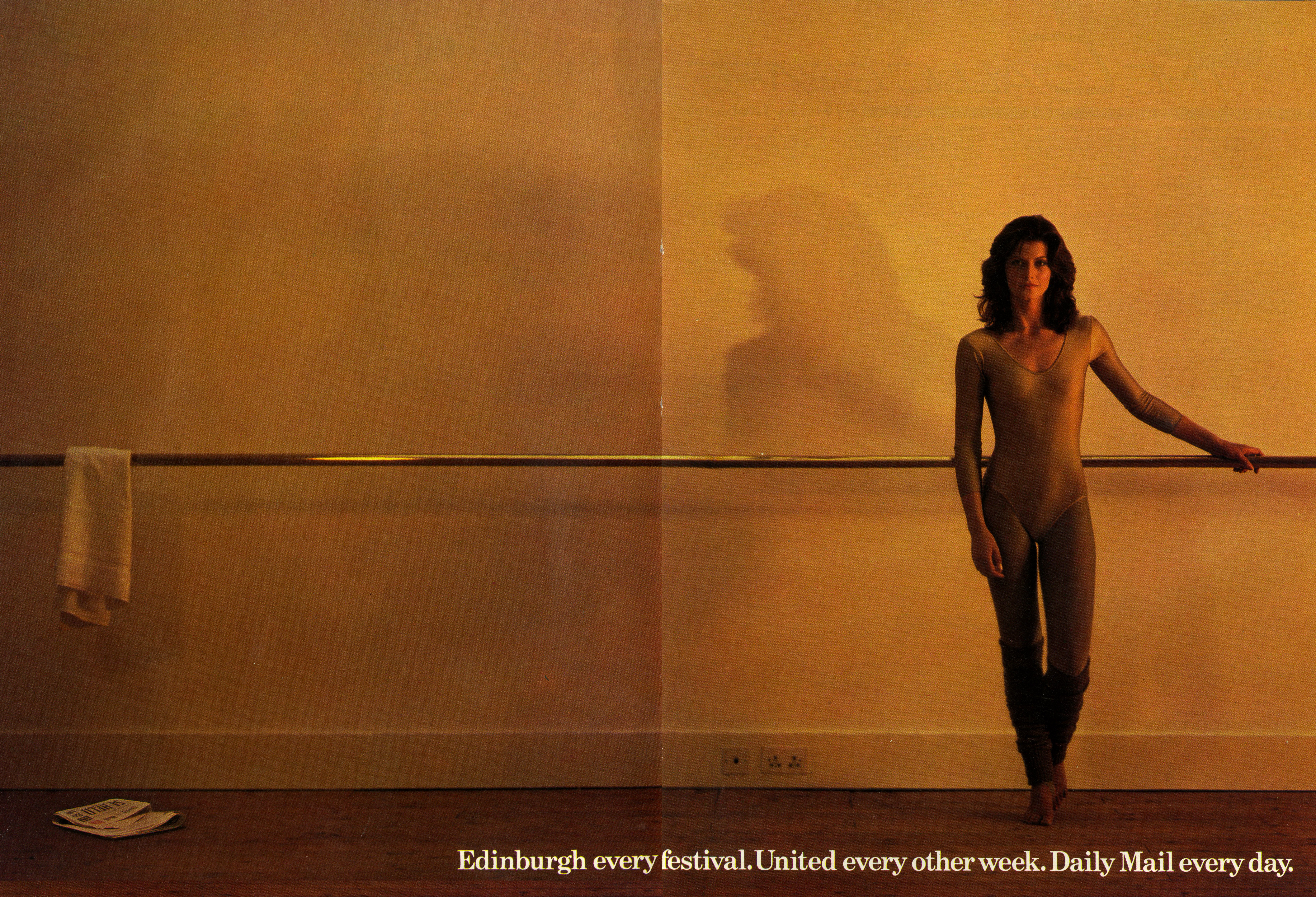
To an Art Director like me, a massive Paul Arden fan, the difference between your ads pre and post Paul is amazing? But he must’ve been hard work?
Paul always said that in a AD/CW team the AD is always the creative director because he/she listens to the writer’s ideas then decides which ones to draw up.
That’s true but only in press.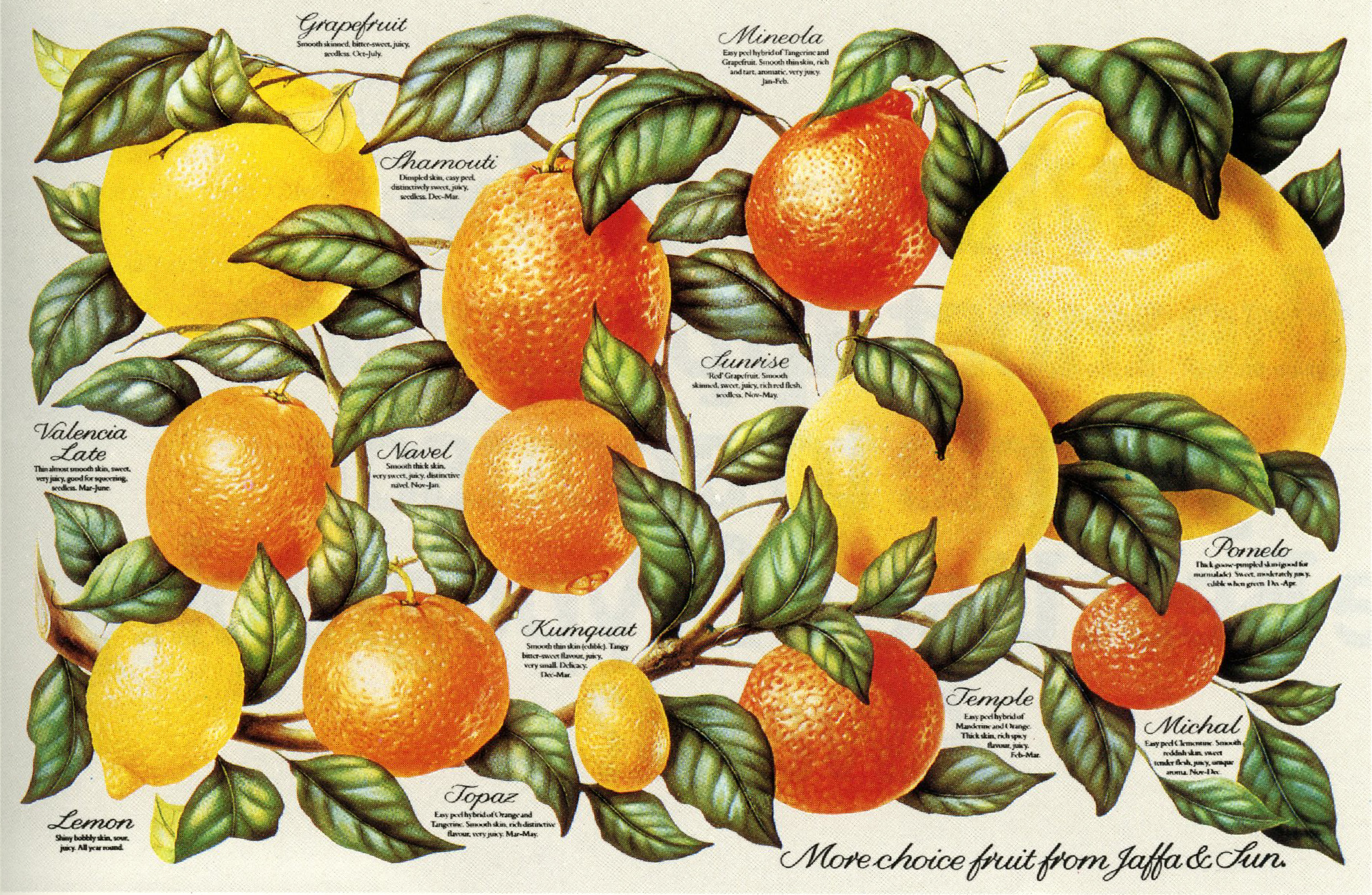

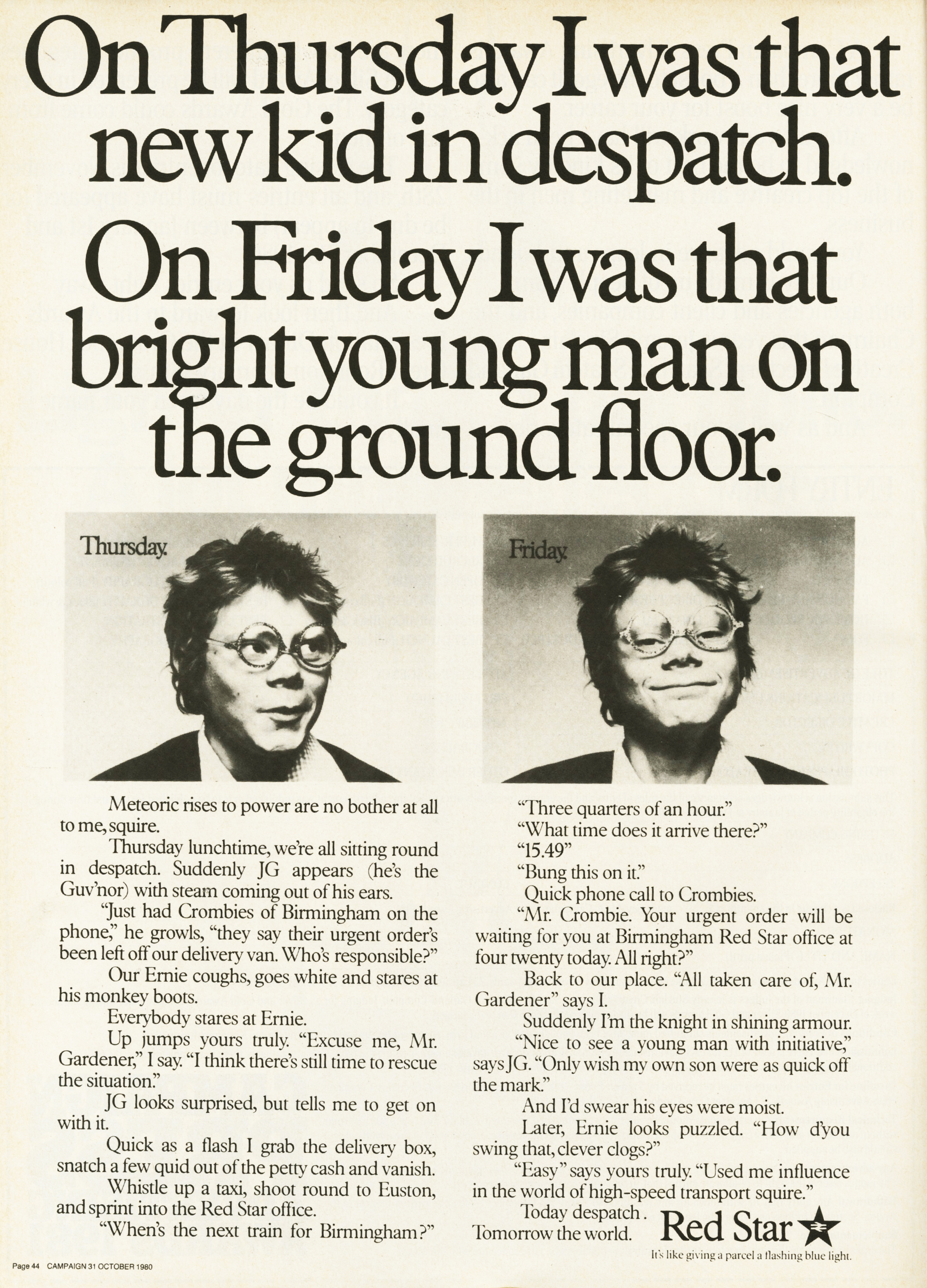
Incidentally the ‘new kid in despatch’ was my son with Paul Arden’s glasses on upside down.
I’ve always thought that they were quite arty glasses for a kid to wear, they were upside down?
I love that, it’s the tiny detail that makes those pictures pop.



I’ve never seen your name on an ad for the Conservative Party, didn’t you work on it?
No. It was Jeremy Sinclair and Andrew Rutherford’s domain. 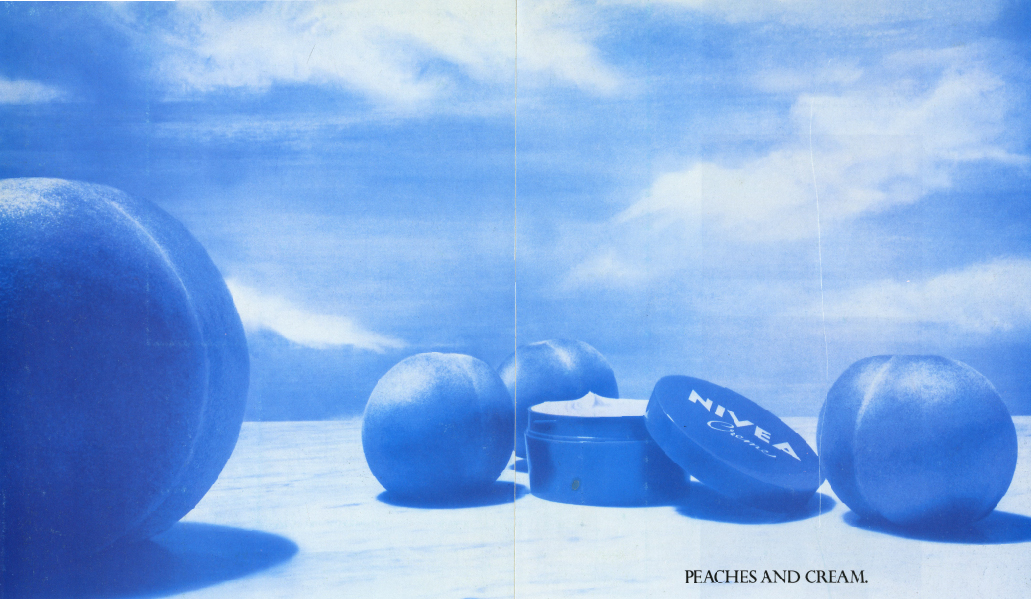


 You and Paul Arden appear, from the outside, to be polar opposites, one a hard nosed salesman, the other, an arty-farty type, how did you work together?
You and Paul Arden appear, from the outside, to be polar opposites, one a hard nosed salesman, the other, an arty-farty type, how did you work together?
Actually we got on really well for that very reason. We each recognised that the other had something that we lacked.
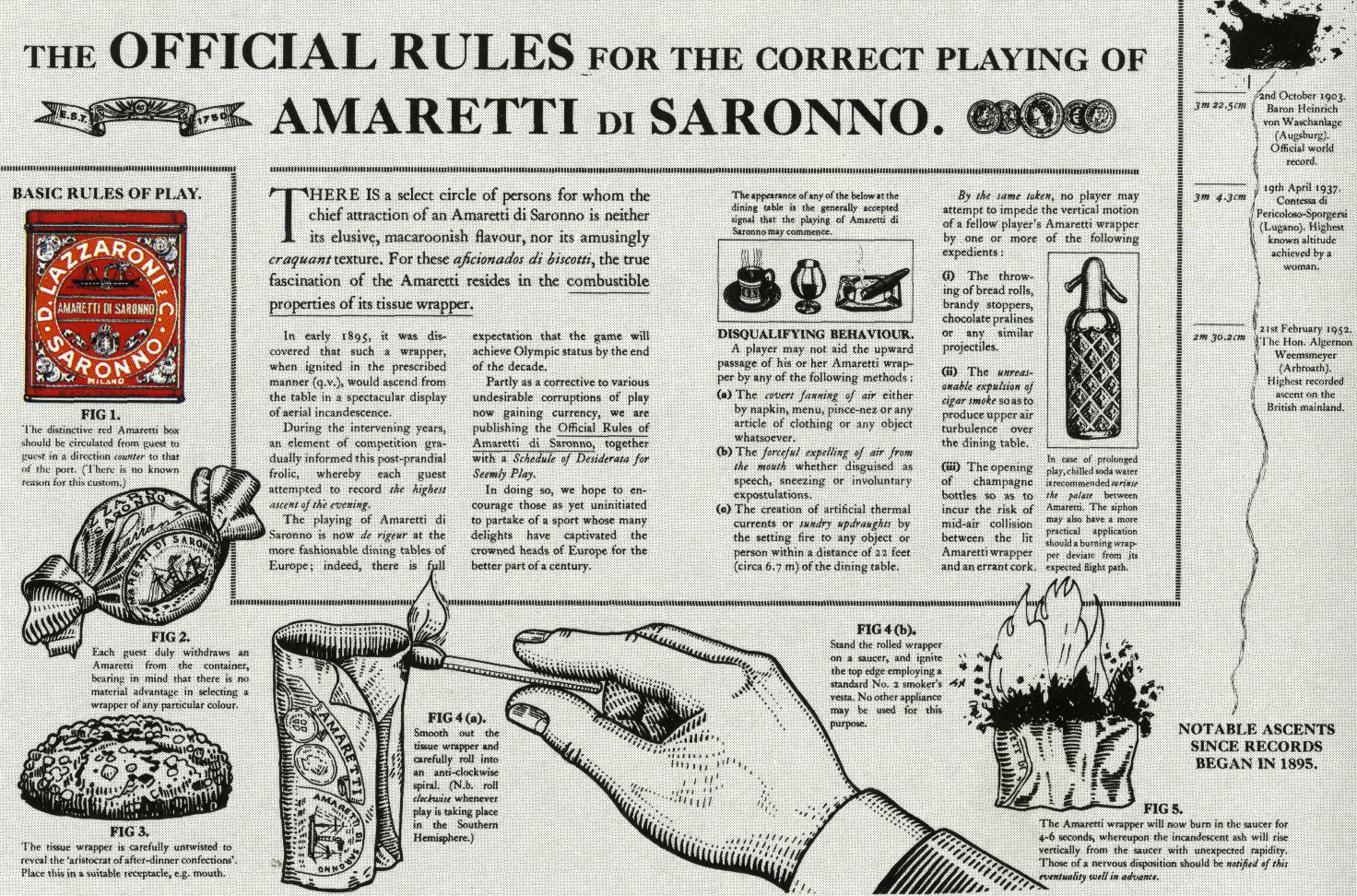
 How did you come to leave Saatchi’s?
How did you come to leave Saatchi’s?
I’d always admired Charles Saatchi and wanted to have my name on the door of an agency and make a bundle of money like him.
Didn’t Charles try to stop you?
Yes they doubled my salary to stay.
So Hedger took on a bloke called Carter instead. But that didn’t work out so a year later he approached me again. This time I took the plunge.
Why join Hedger Mitchell, fame, fortune or both?
When I started in the business everyone over 45 was a dinosaur.
They wore bow ties and had carnations in their buttonholes.
My long-haired bejeaned generation just pushed them aside.
So I was determined this wasn’t going to happen to me.
I was going to make enough money to get out at 45 and sail round the world, a lifelong dream.
As it turned out my generation went on to run the show right into their sixties.
The other reason is vanity.
There’s a certain thrill about having your name above the door and it made you more of a figure in the industry.
Campaign would phone me regularly for a quote on something topical.
They never did that before.

Going from a rich behemoth like Saatchi’s to a tiny boutique must have been odd, did you panic in the beginning?
No not really.
I remember pointing out at a board meeting that we could run the whole agency with 10 people instead of 40.
I could write all the ads, all I needed was an Art Director.
Dick Hedger could do all the selling. All we needed apart from that was a media guy, a receptionist and a couple of secretaries and we’d make a ruddy fortune.
They didn’t go for it.
DAVE: Was that seriously debated?
That’s the kind of silly thing I think, that one can kind of channel ads, if the pressure is on and you’re in the groove.
I’ve always found it weird that some creatives, good ones too, take weeks and weeks to write an ad.
When I joined Saatchi I was 33.
I’d been freelance for several years and had never worked for an agency that anybody had ever heard of.
I was used to writing three or four ads a day and didn’t realise that in big agencies you got a week.
So when I got to Saatchi and got my first brief I went back to Jeremy within a couple of hours with the ad.
Also, I was thrilled at getting full-page ads to do.
Nobody had ever given me a full-page in a national paper to write so I wanted to get my hands on every brief that was going.
I did the Daffodil toilet paper ad within my first couple of weeks there. 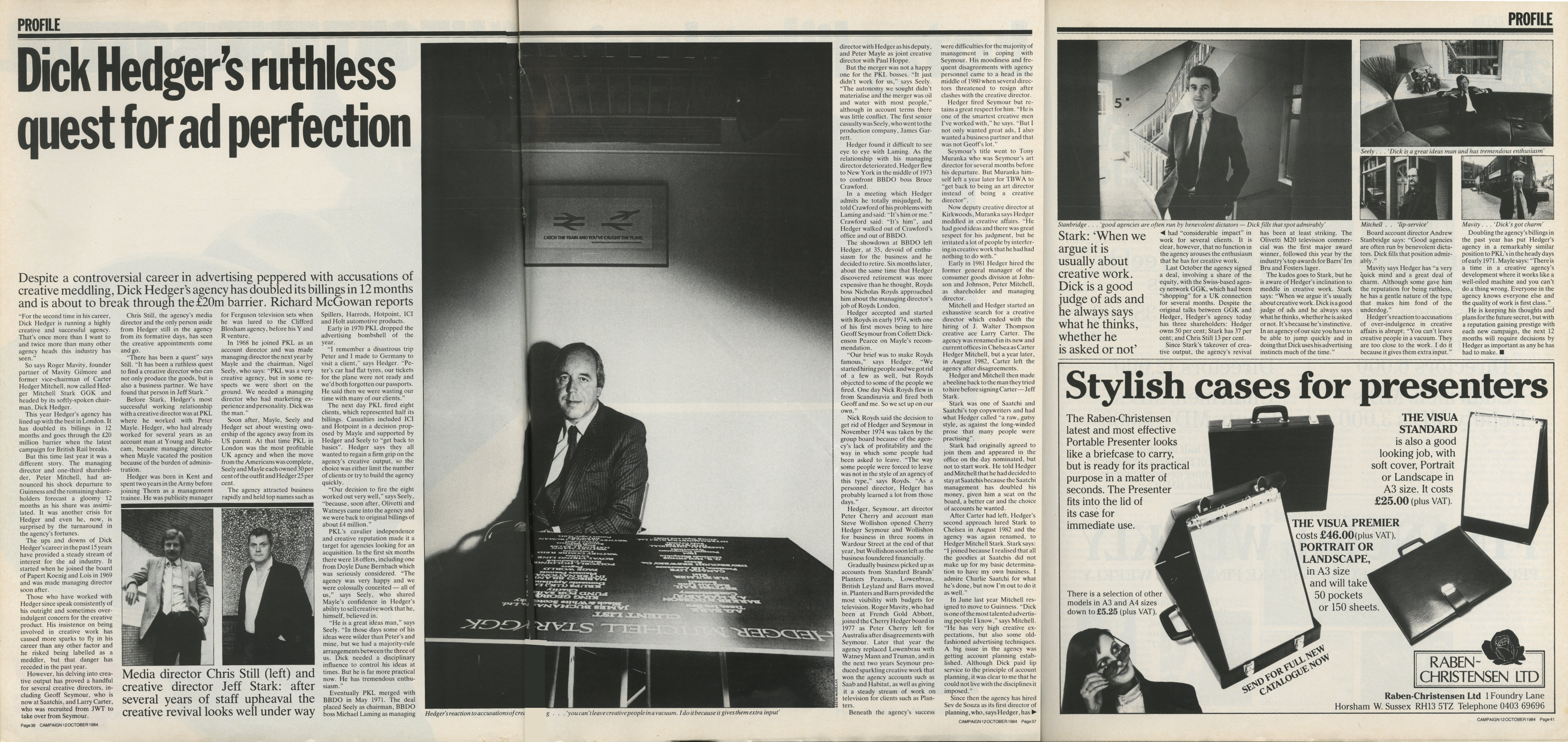 ‘Look very carefully at what the competition is doing, then do something completely different’.
‘Look very carefully at what the competition is doing, then do something completely different’.
I love your statement of principles, not the kind of thing agencies say today?
I think the good ones still do.
My other guiding principle, which I explained to the creatives on my first day, was that I wouldn’t pass any ad that I didn’t think would sell the product based on my direct response experience – even if I thought it would win an award. (There had been a spate of award-winning ads from CDP that had notably failed to sell anything.)

 I know some of the ex HMS creatives, they all seem quite…confident, what did you look for when you hired creatives?
I know some of the ex HMS creatives, they all seem quite…confident, what did you look for when you hired creatives?
My policy on hiring creatives; hunger counts for more than anything.
Intelligence comes second.
Practicality third.

Why would a fancy-dan, Aston Martin driving adman put his neck on the line and attempt to humour the blood thirsty crowds of the Comedy Store?
The Comedy Store came long before the big money and the Aston Martin.
Like a lot of people I had watched comedians getting big laughs and thought ‘I’m sure I could do that’. And to a certain extent I could.
When it was good it was the best drug ever.
When it was bad it was hellish.
 Be aware that much of the HMS work wasn’t actually written by me personally, so I wouldn’t like to claim that it was.
Be aware that much of the HMS work wasn’t actually written by me personally, so I wouldn’t like to claim that it was. 
Tony Kaye. You were a very early adopter?
Yes. Mike Shafron was a great fan of his and had introduced us.
The first commercial he ever shot for me was for Olivetti.
He shot four times as many shots as we could ever use.
Then when they processed the stock it was all milky and we had to shoot it again.
So I said before we went any further we should edit the milky film together and see how it was working, which we did.
Then when we came to reshoot it we knew exactly how to do it.
Pity you don’t get milky film any more.
Tony then got flushed with success and went barking mad.
I think even he would admit that.
 You basically wrote ‘Crocodile Dundee’ didn’t you?
You basically wrote ‘Crocodile Dundee’ didn’t you?
No. I’ve often been given credit for inventing the Fosters campaign but I didn’t.
It was an Australian writer called Rowan Dean, who knew all about Paul Hogan before he’d ever been heard of here.
He then promptly went back to Australia, leaving me and Warren Brown to write the ads.
Though I would argue that the innocent abroad we created in those ads was the persona that Hogan developed into Crocodile Dundee.
The stuff he was doing in Australia at the time was nothing like that.
Can I tell you another funny story about the Fosters poster?
Dick Hedger went to sell it to the Watney’s client, but he wouldn’t buy it.
Dick came out of the meeting with his tail between his legs and met Dave Trott and Mike Greenlees waiting in reception. (They had the Holsten Pils business.)
Dick showed them the poster and moaned about the client not buying it.
They said ‘It’s brilliant, let us have a go’.
So, our rival agency went in with our ad and told the client he was mad not to buy it.
Do you think that could happen nowadays?



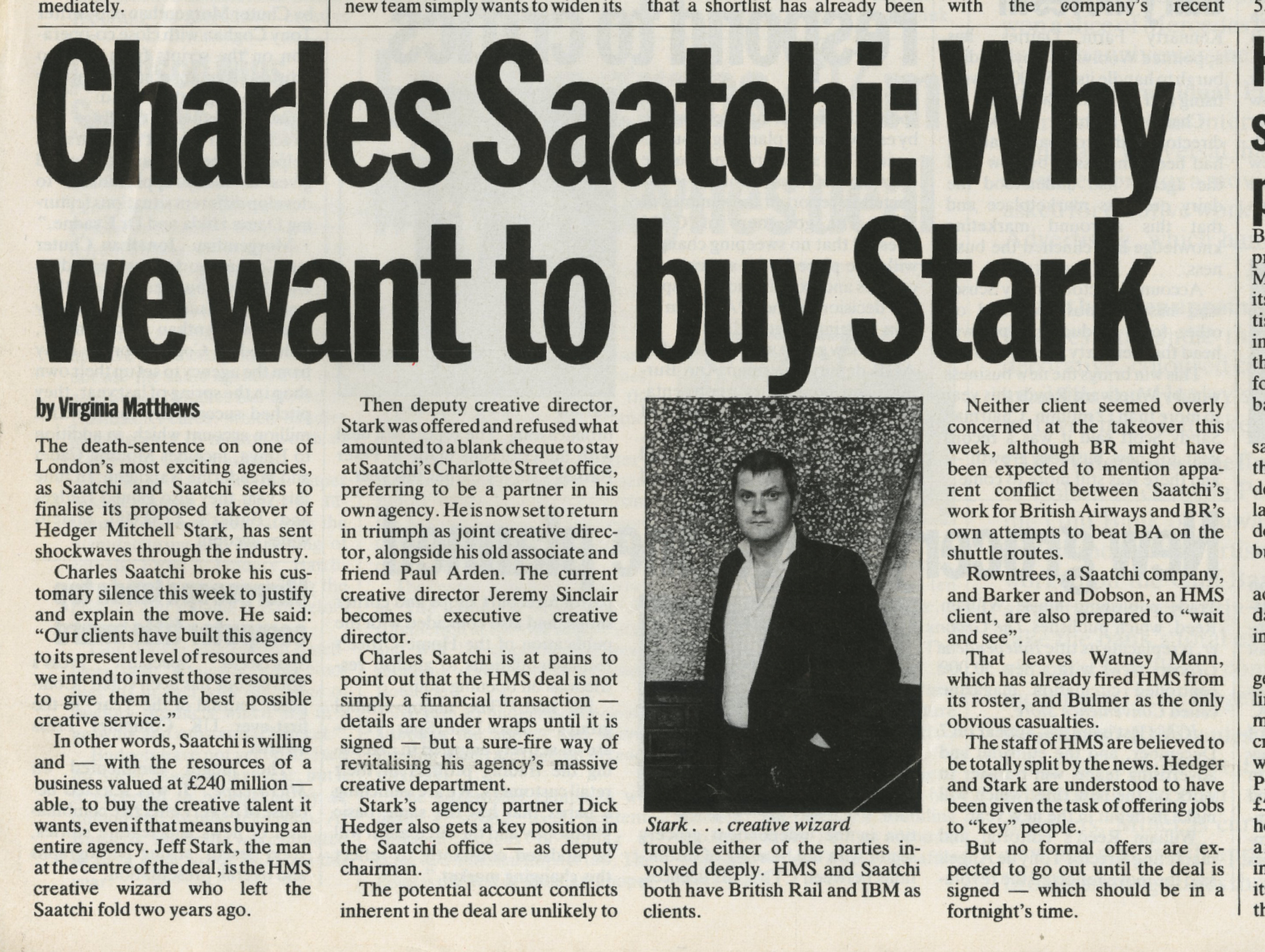 Just as Hedger Mitchell Stark starts winning awards and business you sell?
Just as Hedger Mitchell Stark starts winning awards and business you sell?
The way it happened was this. Charles Saatchi rang me and said he wanted me to come back as CD.
I said I couldn’t leave because I had an agency depending on me.
He said ‘don’t worry, we’ll buy the agency’.
It was a bum deal for them because our biggest client was Fosters and they had to resign that due to conflict with Castlemaine XXXX.
Do you ever regret selling?
Sometimes I regret that we didn’t carry on.
Campaign told me they were about to announce that we were agency of the year and had to re-think in a hurry.
But we were already talking to GGK about selling out to them. Saatchi was a better deal.

In 2005 my agency, CDD, was awarded the National Portrait Gallery advertising account.
The only proviso was that the Chairman had to approve someone from the agency.
I was nominated.
It was arranged for me to take tea with the Chairman, Charles Mills, a very eccentric posh bloke with braces attached to pin-stripped trousers that started just below his nipples. I think he may now even be a Sir…or a Lord?
He was a lovely guy, he told me he was slightly anxious about dipping his toes back into the advertising world as his only previous experience of advertising had been an unmitegated disaster.
Unfortunately he’d approved an ‘awful campaign whilst at the V&A’.
“Not the ‘Ace Caff’ campaign?’ I said. ‘I’m afraid so’ he replied. ‘That wasn’t awful, that was brilliant!’.
He went on to tell me that everyone was appalled internally, he still seemed quite traumatised.
We spent the whole meeting discussing the campaign, with me trying to convince him that he was wrong, that it was a great campaign.
He said it he hadn’t dared look at it since it ran.
When I got back to the office I tracked down the ‘Brian Sewell’ film and a couple of the posters then sent them to him.
He emailed back to say ‘It wasn’t as awful as he remembered, in fact, he actually quite liked it’.
So how did you end up coming up with such a traumatising idea?
Here’s what happened. I was living in New York and came over to London for a few days so dropped in to Charlotte Street to say hello.
Paul showed me a campaign he’d been working on for V&A, lots of arty pictures with headlines like ‘Vivacious & Alluring’, ‘Visceral & Arresting’ etc. Very Paul.
He asked me what I thought. I said ‘boring’.
He said ‘I know. What should I do?’
I said ‘what’s it got that would appeal to a Sun reader?’
He told me it had a great cafe.
I pondered for a bit and, came up with the line ‘An ace caff with quite a nice museum attached’, I only meant it as a joke, not a real ad, but Paul loved it.
I then wrote a couple of headlines and went back to New York.
(I don’t think I wrote all those V&A ads, I can’t remember which ones are mine.)
A few days later I phoned him from New York and said ‘I’ve got a better idea; The picture is a picture of Tom Stoppard and Jerry Hall gazing at a nude male statue and both looking at his dick, the headline says “Tom & Jerry & Victoria & Albert”.
Then there’d be ‘Janet & John & Victoria & Albert’ with Janet Street-Porter and some politician for writer called John, etc.
But Paul said “No, I prefer the ace caff”.
I said “they‘ll never buy it”, but I was wrong.
Maurice Saatchi went in person and sold it to them.
There was a huge outcry with questions in the House of Commons, loads of press coverage. The media spend was tiny but the furore it created was worth millions.
I have met V&A people who were horrified by the campaign but, like the ‘Pregnant Man’, which only ever ran once in a paid space, but it got huge awareness for no money.
Also, at that time the V&A had a much more fuddy-duddy image than it has now.
(No Alexander McQueen shows or anything like that.)

The rumour was that the idea of colouring the footage came about to try and save the ad.
No. It was Tony Kaye’s first big breakthrough with a proper budget.
Nobody would touch him with a bargepole.
But he had briefly been my A/D at Hedger Mitchell Stark and I knew he was a real talent, though the madness needed careful handling.
The colour tinting was his idea from the word go.
When I presented the finished ad to the client he said ‘great, it’ll be nice when you get the proper coloured footage’.
Tricky.
But British Rail was an incredibly loyal client.
They followed me out of Saatchi, then followed me back in again.
The ad also had a sequel, using the same cast?
Yes several, but none quite as good as the original.

 You switch to Saatchi’s New York. What was the difference creatively?
You switch to Saatchi’s New York. What was the difference creatively?
Chalk and cheese.
At Saatchi New York people queued up to work on Proctor & Gamble because they were more open to ideas than the other big client, General Mills.
The work was hellish, but I loved living in New York and I was only seeing out my time at Saatchi before the big round-the-world sail.
(I only got half way round before getting bored.)

While there you worked with DDB titan Bob Levenson?
Yes but he was having a tough time with the way the New York advertising scene was developing – all that research and all those layers of nervous client types, with the power to say no but not to say yes.
We got on well though and liked each other.
Your tv work from your time in New York is incredibly graphic.
There isn’t much of it. I barely got anything made.
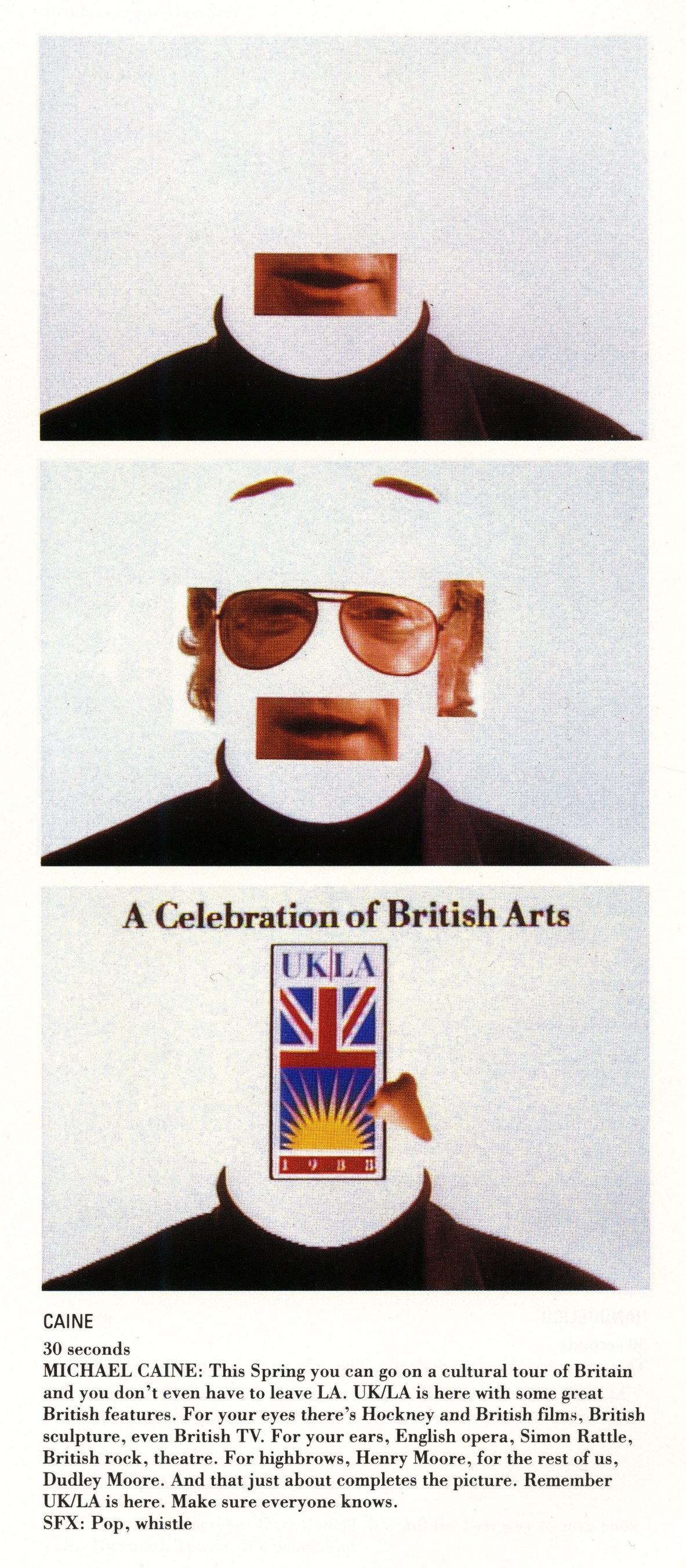
Your first few directing jobs were shockingly graphic, where did that approach come from?
I felt I needed to prove that I could be visually original.
Directing is a job that requires several skills. Some of them come naturally, others you have to work at.
For me, working with actors and telling the story was the bit that came easily, the visual side was where I felt I needed to prove myself.
It’s true in movies too. Mike Leigh is great with actors and performance, not too great visually. Ridley Scott the other way round.
Which ad did you wish you’d written?
‘Kiss your piles goodbye.’
‘The complete history of motorcycling since last Tuesday’, (Motorcycle News).
The ‘Where’s the Beef’ campaign for Wendy’s.
The ‘Red’ ad for Virgin.
Why didn’t you keep any of this work?
I never keep anything.
I always thought ‘it’s only advertising, don’t kid yourself it’s art.’
Paul and I used to argue a lot about this.
I was in it for the money, he was in it for the kudos.
We both got what we wanted.
Seen any good ads lately?
Yes lots of TV, especially the adventure-seeker stuff for Lurpak and internet ad for Old Spice.
But hardly any good press and never any good stills photography.
Why? There are dozens of great photographers out there starving.
Thanks Jeffery.



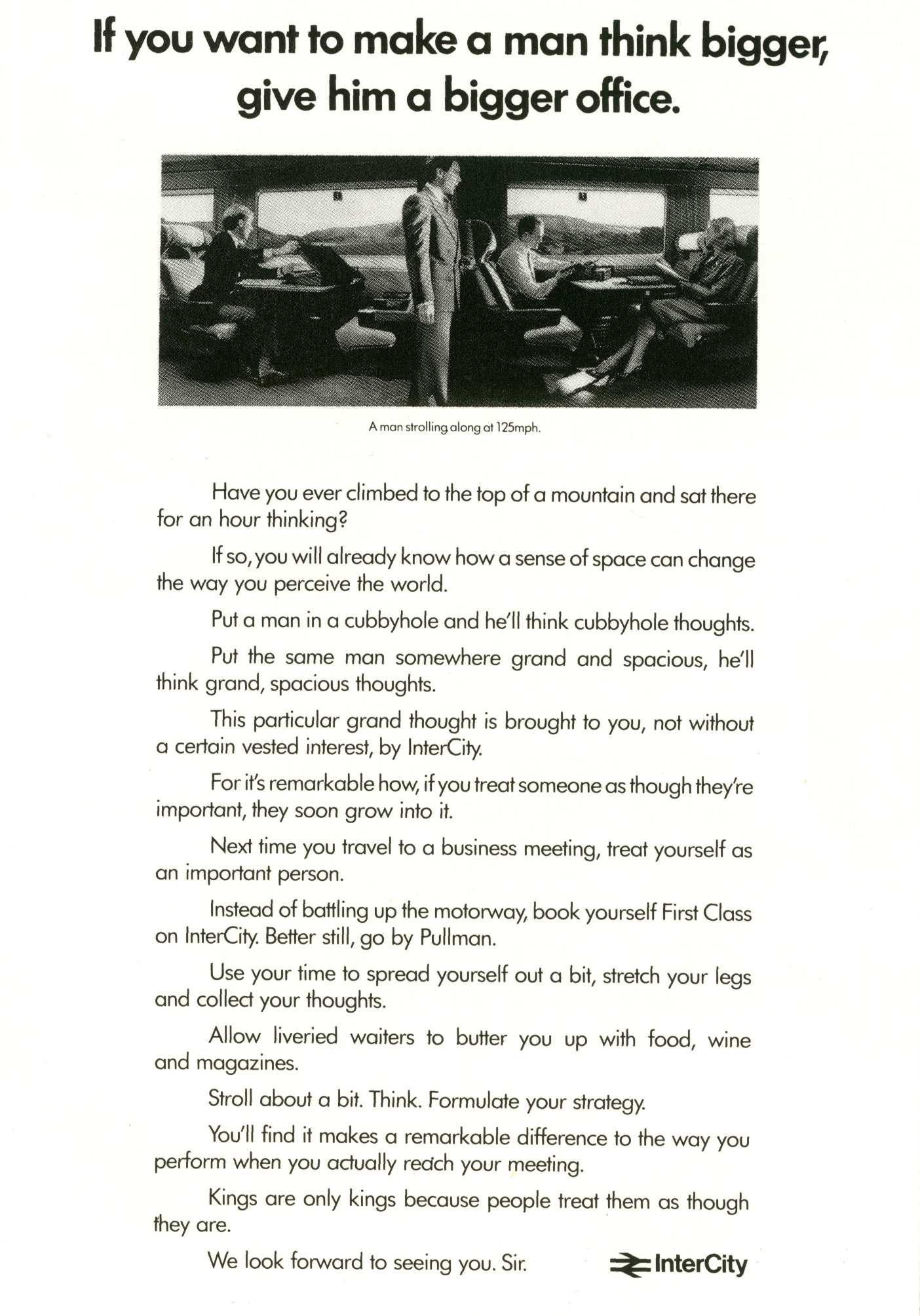
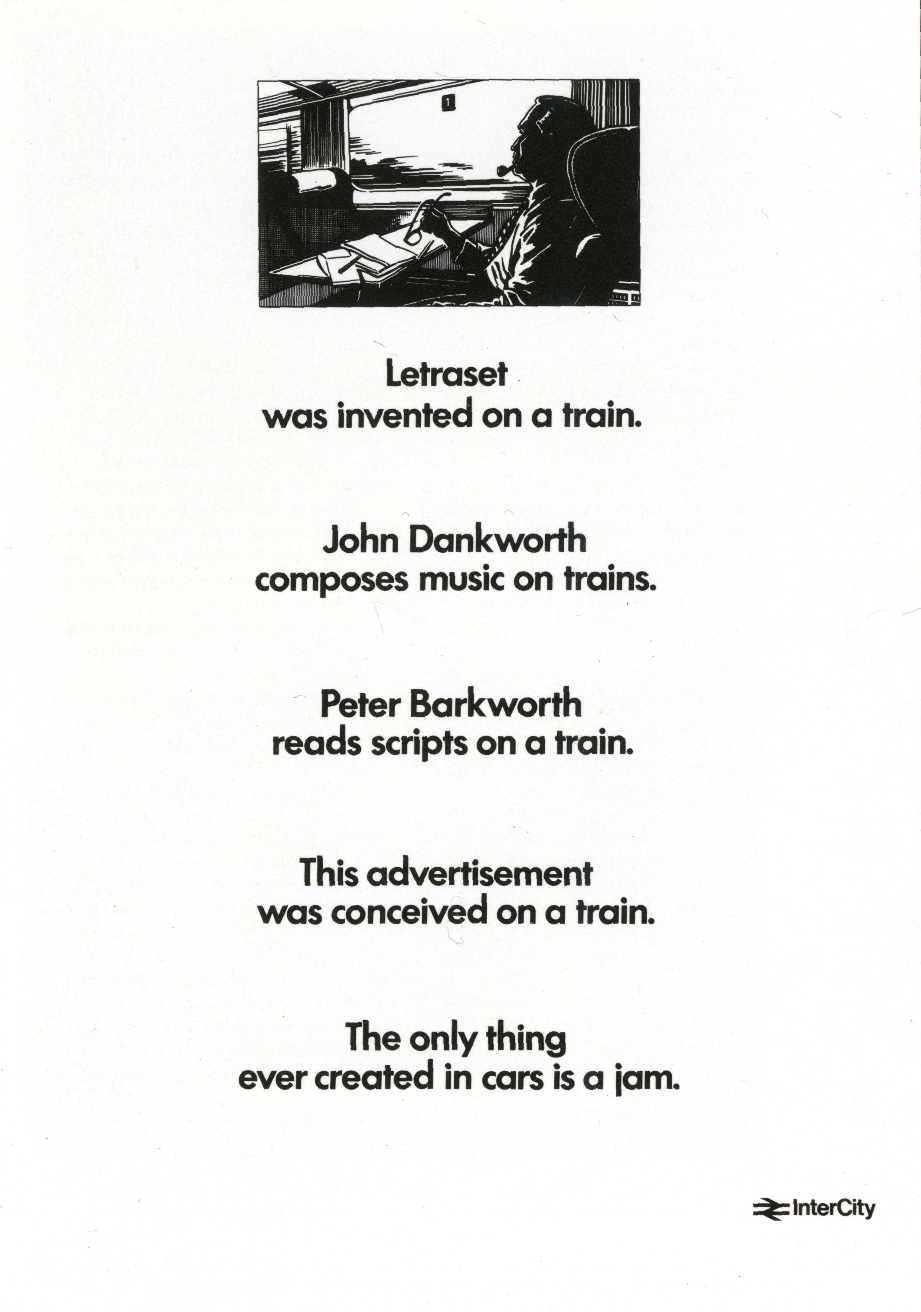


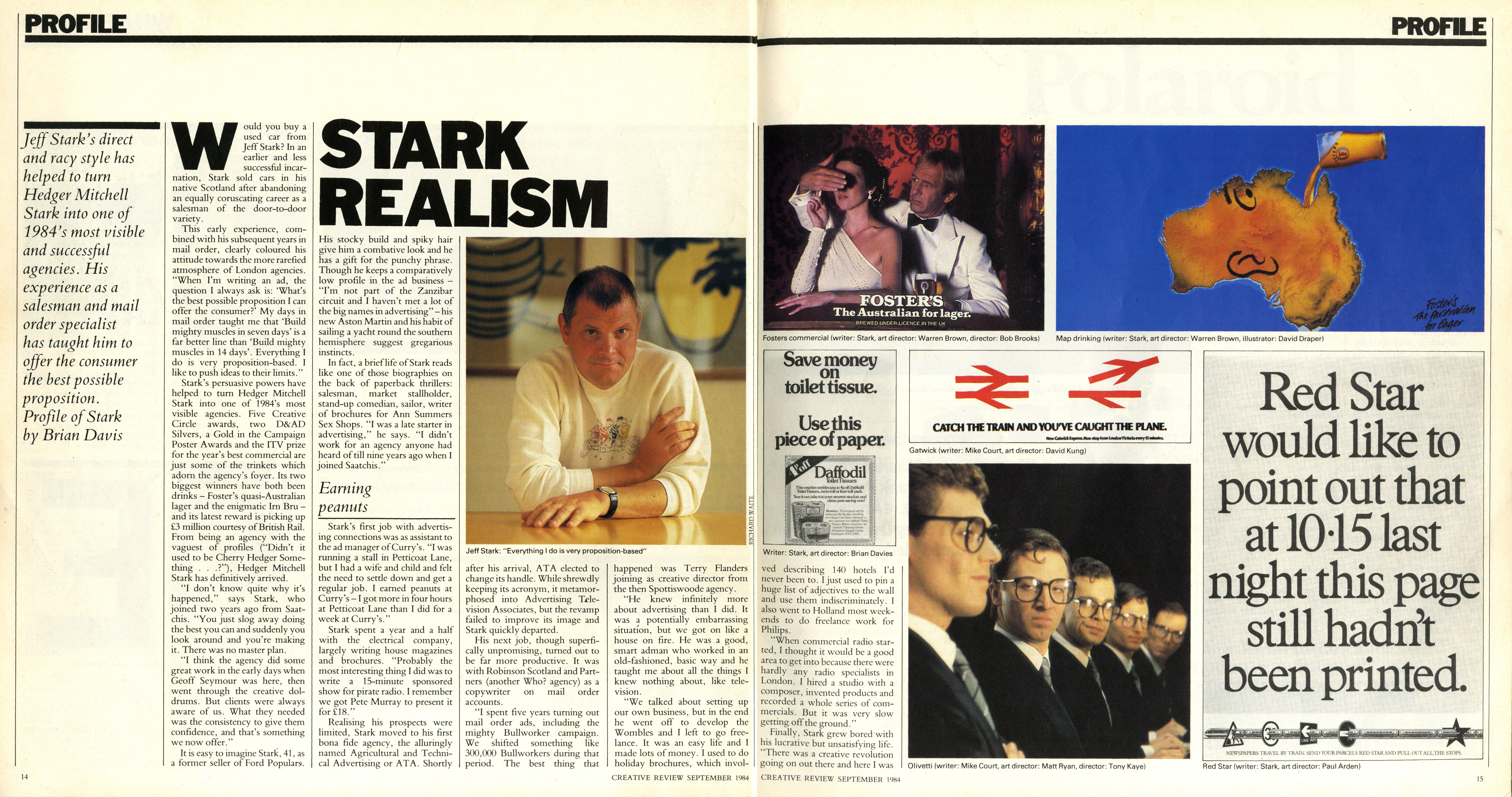
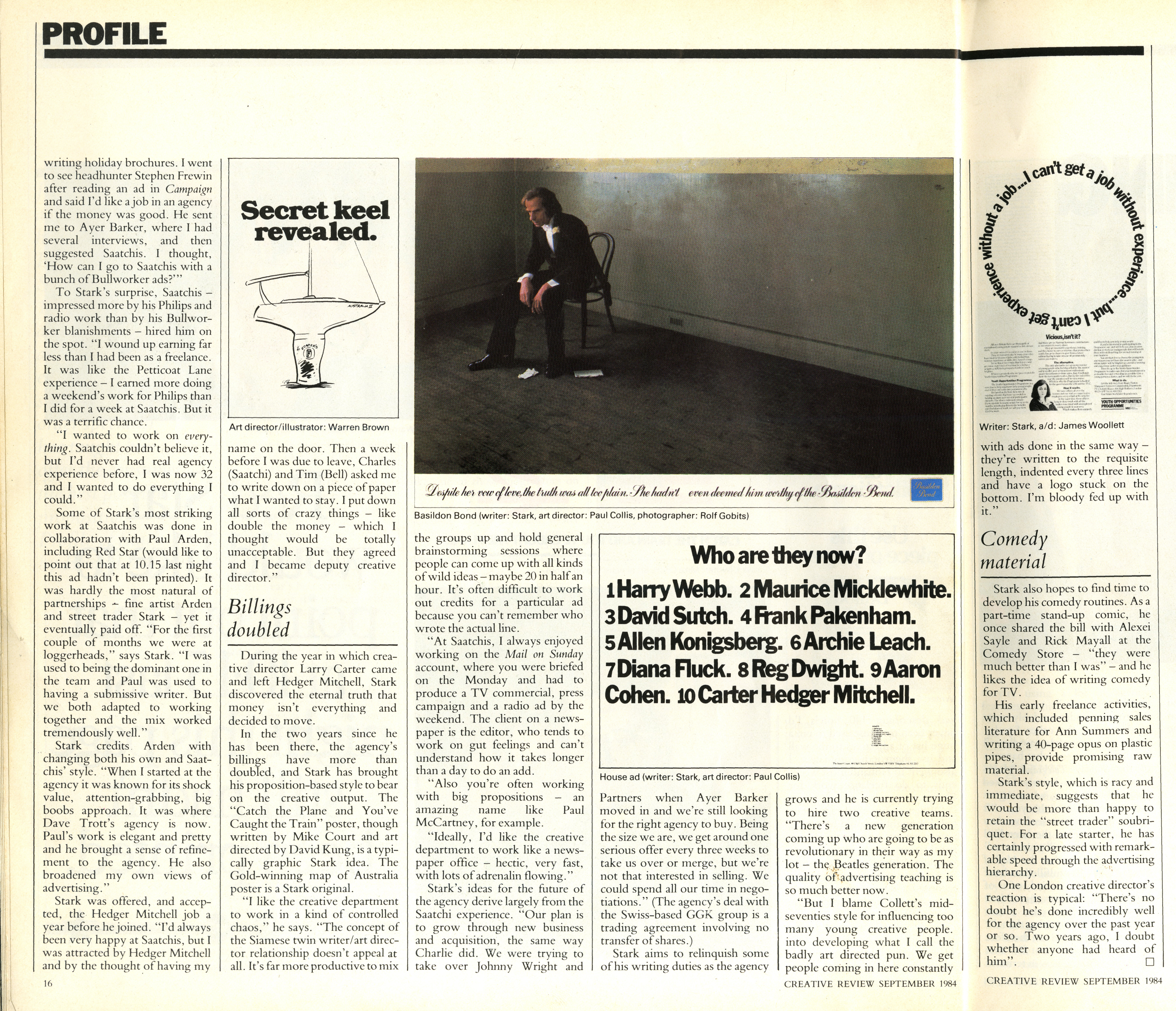
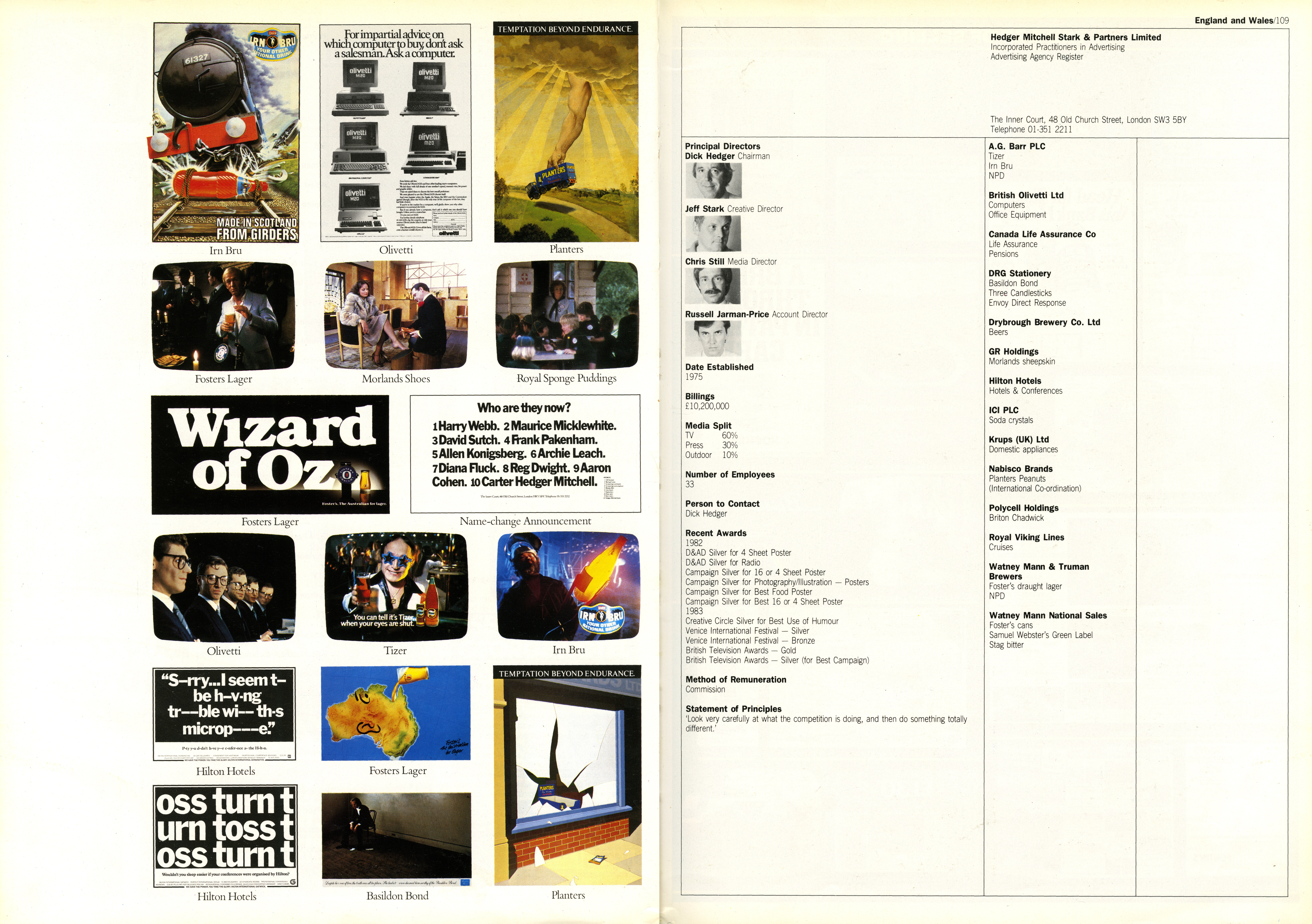
“I love it when you talk parcels.” The best fucking line ever.
Cheers/George
I couldn’t sleep. So I decided to go through my blog bookmarks. Chuffed to bits when I saw that a new post was up. It’s like opening the presents on Christmas Eve.
One of the nicest most talented men I have worked with in Advertising. Good job again Dave.
Some of the finest Ads ever made. Great!
Thank you for beeing you